In the heart of Singapore, where gleaming skyscrapers rise like glass-and-steel sentinels, a surprising secret lies hidden in plain sight. Beyond the manicured gardens and bustling streets, ancient green lifelines pulse quietly with history and healing. These are Singapore’s native plants—the mangroves that once hugged its coastlines, and the medicinal herbs that flavored its folklore. As the city-state races toward the future, a new movement is blooming: a passionate rediscovery of indigenous flora, bridging the past to the present, and igniting hope for a biodiverse tomorrow. Imagine standing under a centuries-old Tembusu tree, its gnarled branches heavy with stories, or running your fingers across the glossy leaves of a belinjau shrub once used in age-old remedies. This is the untold story of Singapore’s native plants—a story that’s as much about resilience as it is about rediscovery.
The Lost Forests of Singapore’s Past
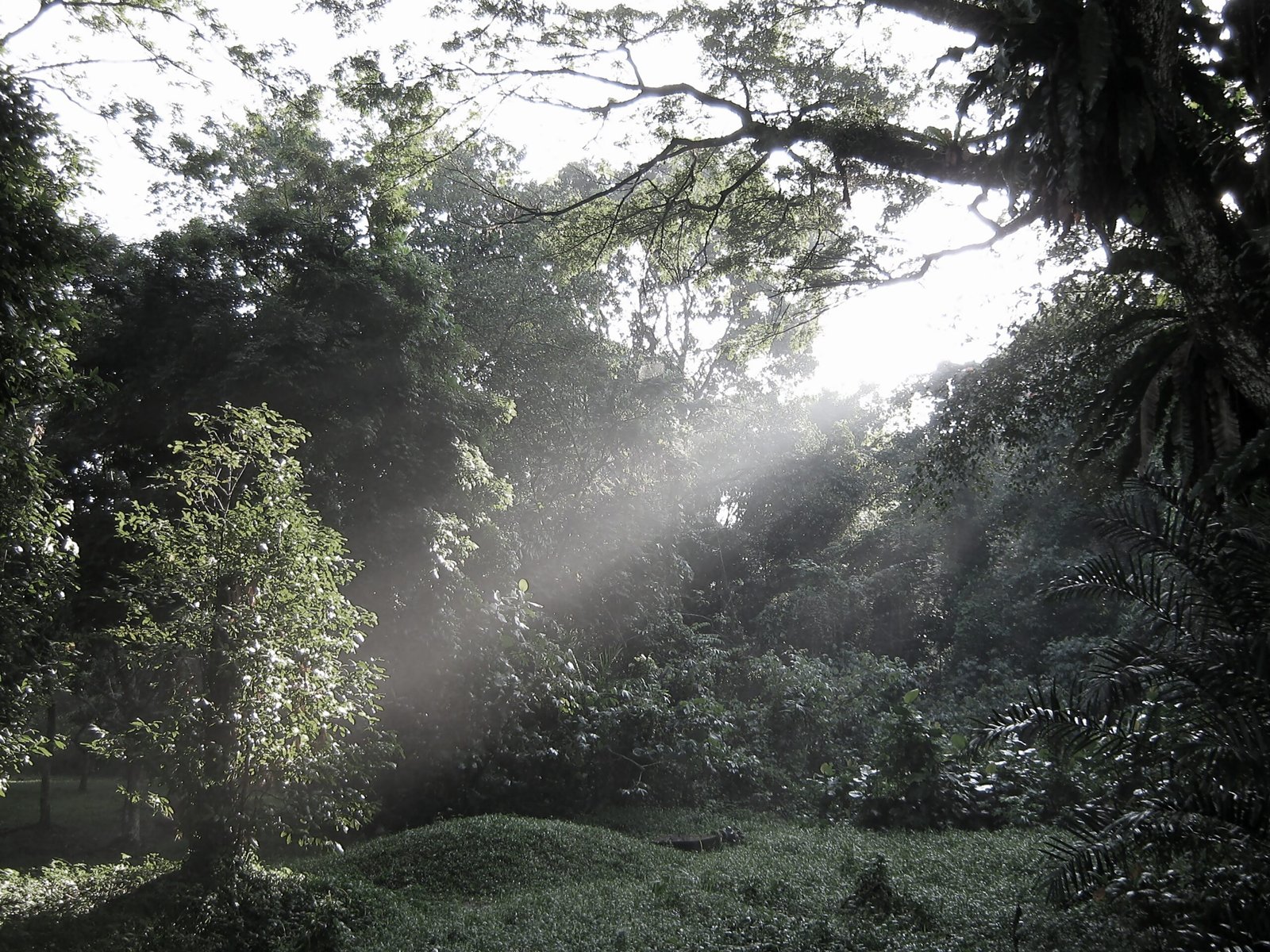
Before the city lights and concrete corridors, Singapore was a lush, tangled paradise. Early explorers described an island draped in dense rainforests, teeming with life at every turn. These forests once stretched from the mangrove-lined shores to the island’s hilly heartland, sheltering countless species found nowhere else. The rapid pace of urbanization, however, meant that by the 20th century, much of this verdant wilderness had vanished under roads and buildings. Yet, remnants of these ancient forests endure—in places like Bukit Timah Nature Reserve, where giant Dipterocarp trees still tower above the canopy. These living relics remind us of a wilder Singapore, inviting us to imagine a time when nature ruled the land.
Mangroves: Guardians of the Coastline

Singapore’s mangroves are more than just muddy thickets—they’re ecological powerhouses. These salt-tolerant trees and shrubs form intricate root systems along the coasts, creating nurseries for crabs, fish, and even otters. Mangroves shield the island from storm surges and erosion, acting like living breakwaters. But their significance goes deeper: mangroves lock away carbon, helping to fight climate change. Once, vast mangrove swamps fringed much of Singapore’s shores, but today only small pockets remain, such as Sungei Buloh Wetland Reserve. Here, the air hums with the calls of kingfishers while mudskippers dart between tangled roots—a living testament to resilience and adaptation.
Rediscovering Medicinal Treasures
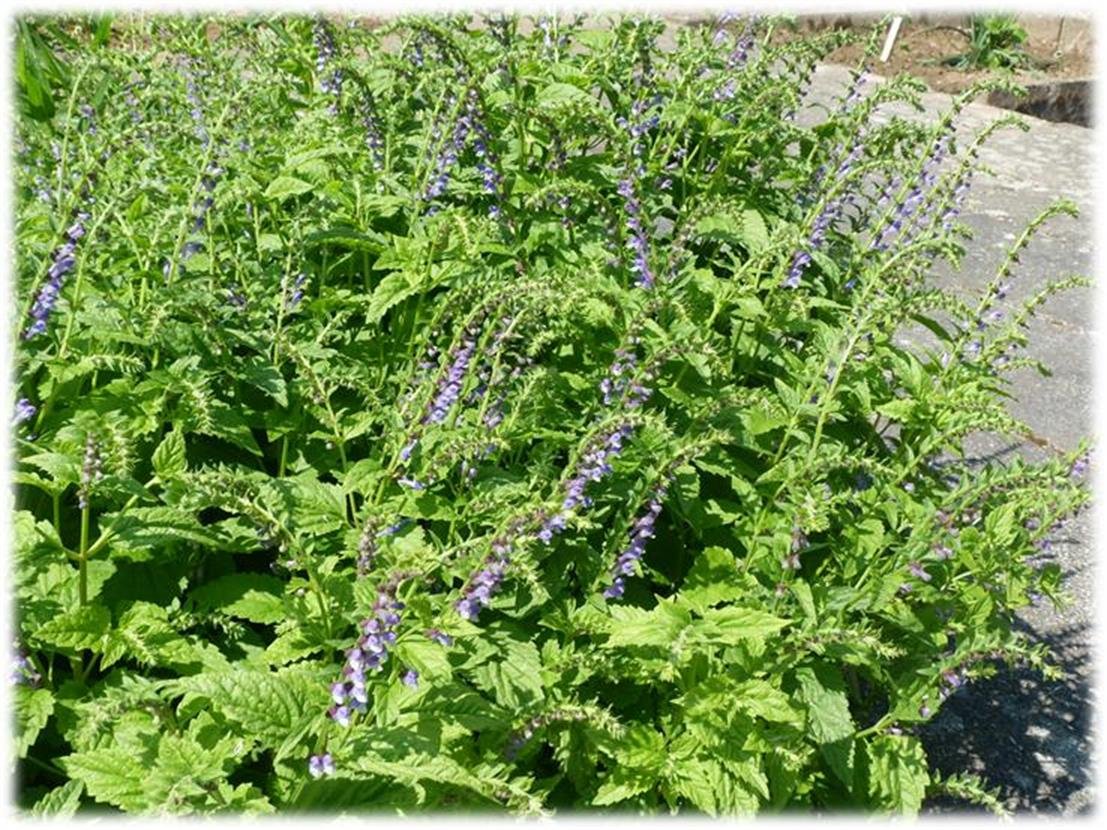
Long before modern pharmacies, Singapore’s early inhabitants relied on native plants to heal wounds, soothe fevers, and treat everyday ailments. Leaves of the belinjau shrub were brewed to alleviate stomach troubles, while the bark of the tembusu tree was used for its anti-inflammatory properties. Many of these plants were passed down through generations as part of traditional Malay, Chinese, and Indian medicine. As urbanization swept across the island, much of this botanical wisdom faded into obscurity. Today, a renewed interest is sparking fresh research into native medicinal flora—uncovering not only forgotten remedies, but also new opportunities for sustainable healthcare.
Rainforest Survivors: Singapore’s Towering Giants
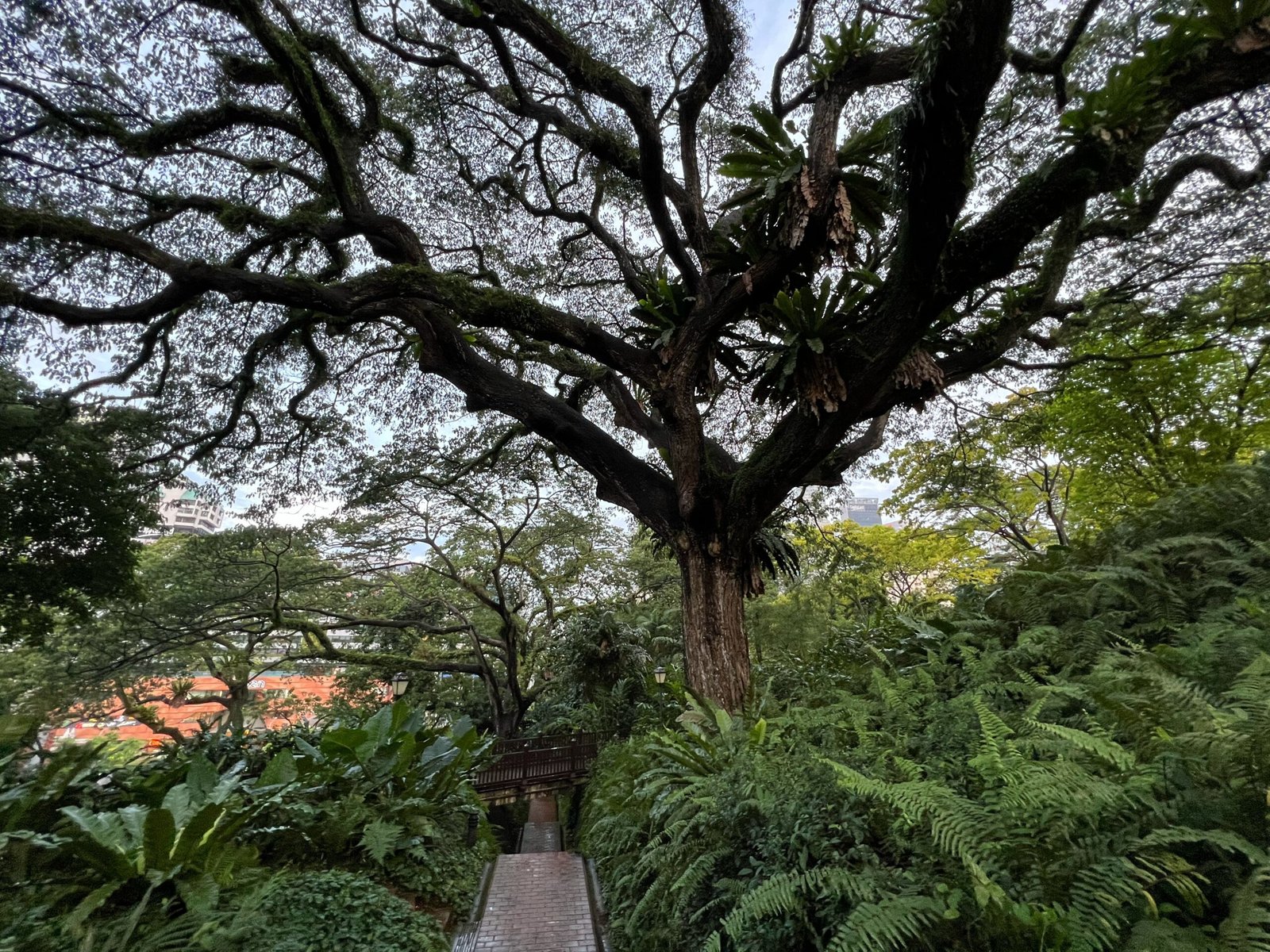
Some of Singapore’s oldest residents aren’t human—they’re trees that have stood for centuries. The Tembusu, with its deeply fissured bark and sweet-scented flowers, has become an icon of the island’s resilience. In places like the Botanic Gardens, these giants provide more than shady refuge; they serve as genetic reservoirs, ensuring the survival of rare species. The Jelutong tree, once tapped for latex, still stands as a memory of old trades and natural abundance. Each of these survivors tells a story of adaptation, endurance, and the enduring relationship between people and plants.
Urban Green Corridors: Breathing Life Into the City
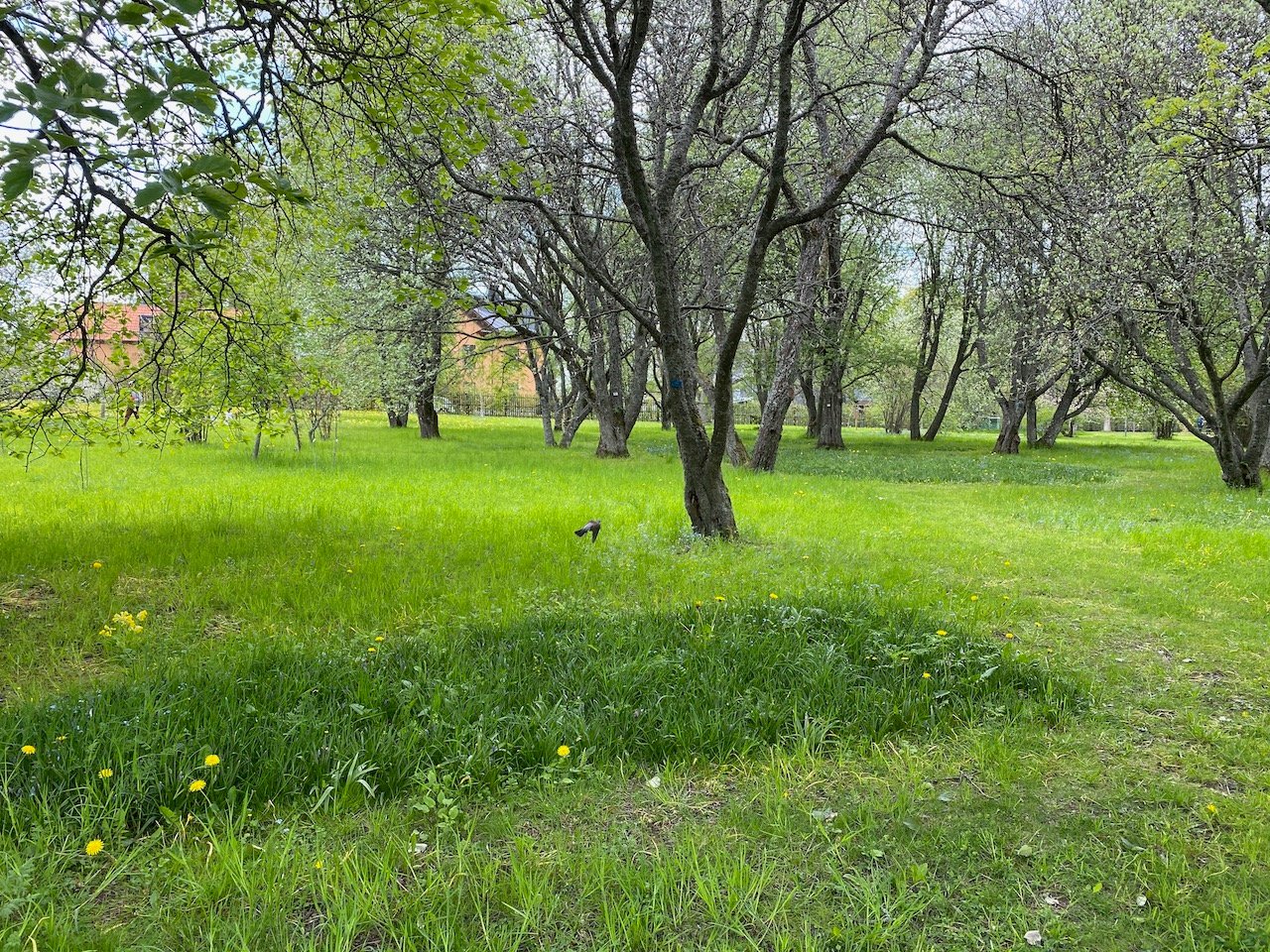
Singapore’s “City in a Garden” vision isn’t just about aesthetics—it’s a strategy for conservation and well-being. Green corridors, like the Southern Ridges and Park Connector Network, link pockets of native vegetation across the city. These pathways give birds, butterflies, and small mammals safe passage through an urban maze. Native plants are carefully chosen for landscaping, providing food and shelter for local wildlife. The sight of a crimson sunbird flitting among the scarlet blooms of the Indian shot, or a common palm civet slinking along a tree branch, is a vivid reminder that nature and city life can thrive side by side.
Community Gardens: Cultivating Heritage and Health
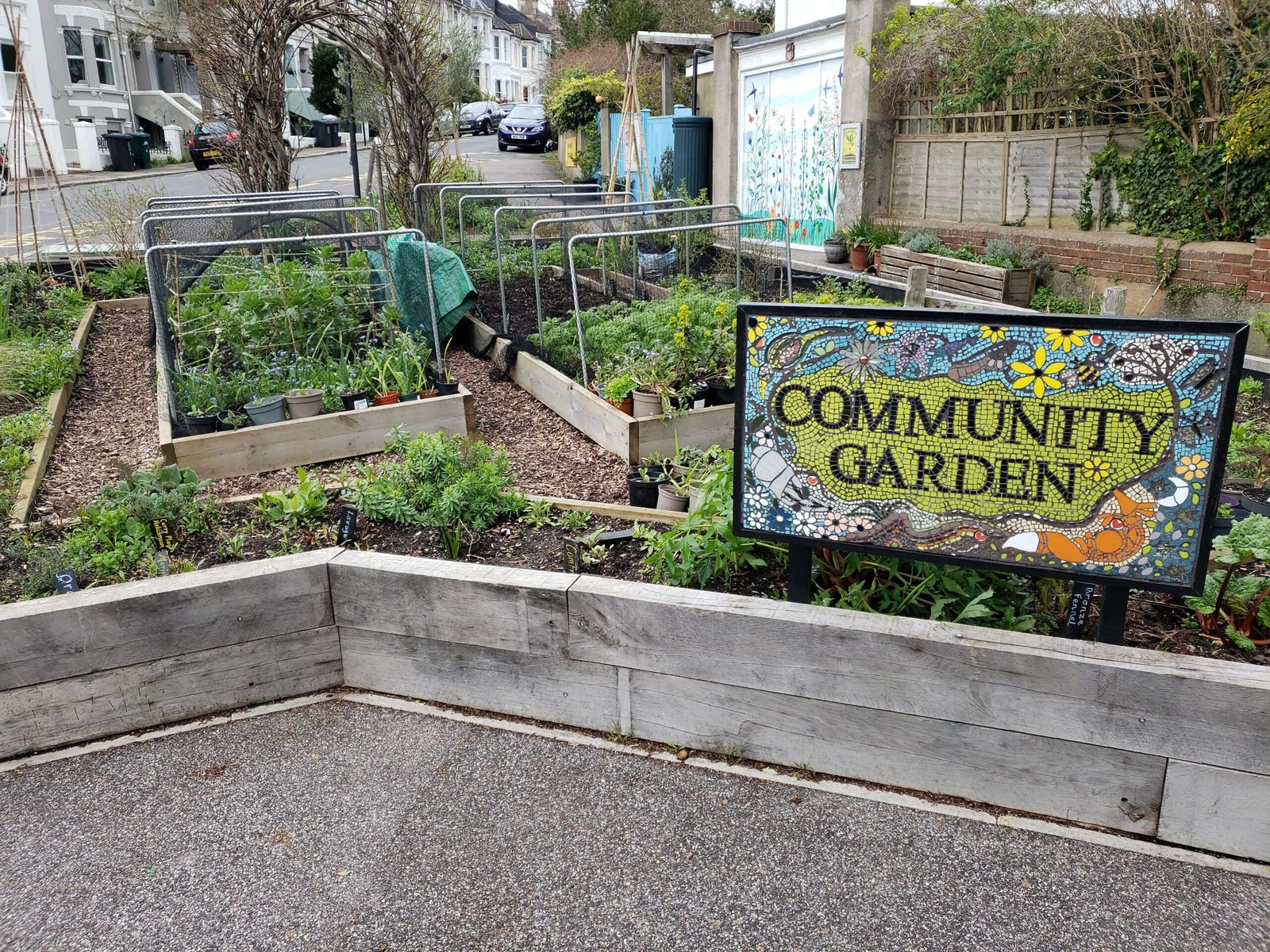
All across Singapore, community gardens are springing up in neighborhoods and on rooftops, fueled by a love for local flora. Here, residents nurture native herbs like lemongrass and pandan, passing on traditional gardening techniques to younger generations. These spaces do more than beautify the city—they foster a shared sense of stewardship and pride. Tending to native plants connects people with their heritage, offering a living classroom for children and adults alike. In the gentle act of planting, we rediscover roots that go deeper than soil.
Rare and Endangered: Protecting Singapore’s Botanical Gems
Not all of Singapore’s native plants are easy to find. Some, like the critically endangered Hanguana rubinea, are known from only a handful of wild specimens. Poaching, habitat loss, and invasive species threaten these botanical treasures. Conservationists are racing against time, propagating rare plants in nurseries and reintroducing them to protected areas. Every new sapling is a small victory—a defiant act of hope against extinction. These efforts not only safeguard biodiversity, but also preserve the genetic diversity that could hold answers to future challenges.
Science and Innovation: Harnessing the Power of Native Plants

Singapore’s scientists are delving into the secrets of native flora, searching for compounds that could revolutionize medicine, agriculture, and even technology. Researchers at local universities are investigating the antimicrobial properties of rainforest plants, hoping to develop new drugs in the fight against superbugs. Urban planners are studying the cooling effects of native trees, designing buildings that work with nature to reduce heat. By blending traditional knowledge with cutting-edge science, Singapore is creating a new blueprint for urban sustainability—one rooted in respect for the land.
Education and Outreach: Inspiring a New Generation
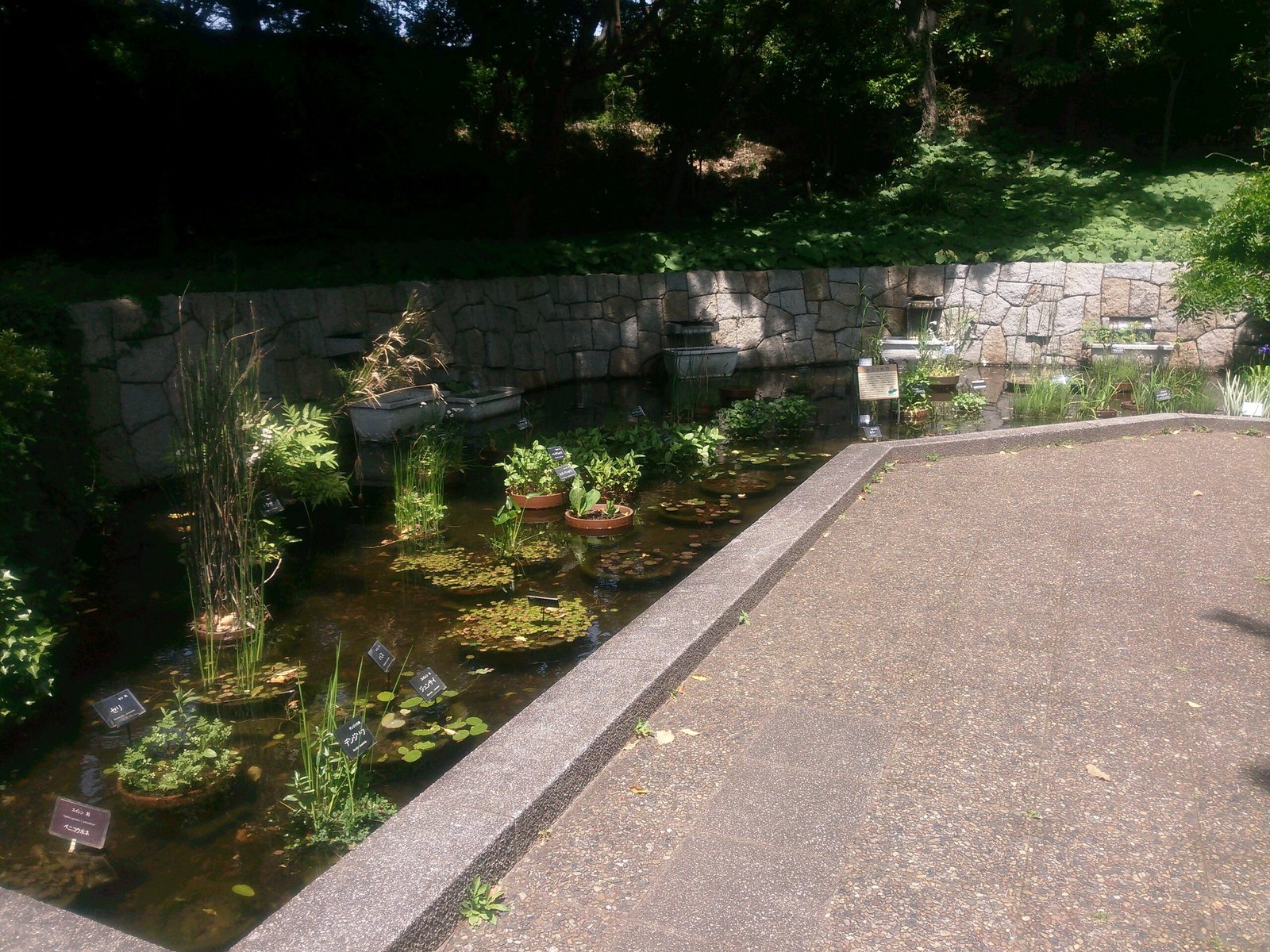
Nature walks, school programs, and interactive exhibits are bringing the story of Singapore’s native flora to life for thousands of curious minds. At places like the Singapore Botanic Gardens’ Learning Forest, visitors can wander among towering trees and discover hidden orchids with the help of passionate guides. These experiences ignite wonder and empathy, turning abstract concepts of biodiversity into real, tangible encounters. As children marvel at the strange fruits of the sea almond or the delicate blossoms of the wild ginger, a seed of stewardship is planted for the future.
Personal Connections: Stories Rooted in the Land
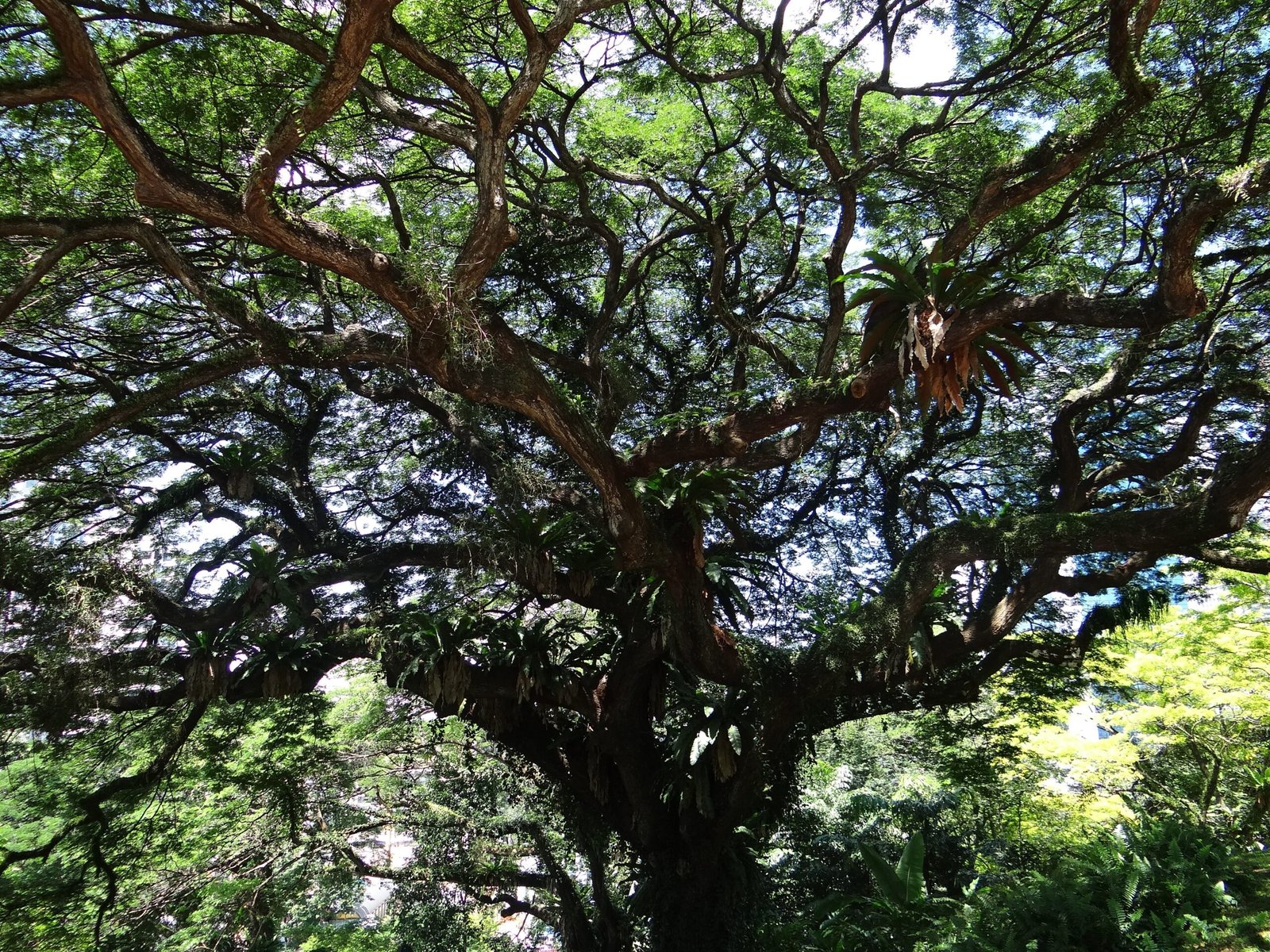
For many Singaporeans, native plants are more than just greenery—they are living links to family, culture, and memory. A grandmother’s herbal remedy, a childhood game played under a rain tree, the scent of frangipani on a humid evening—these are the small, powerful moments that shape our connection to nature. As the city evolves, these stories become even more precious, reminding us that our relationship with the land is woven from shared experiences as much as from science or policy. In rediscovering native flora, we rediscover ourselves.
A Call to Action: Nurturing Singapore’s Green Future
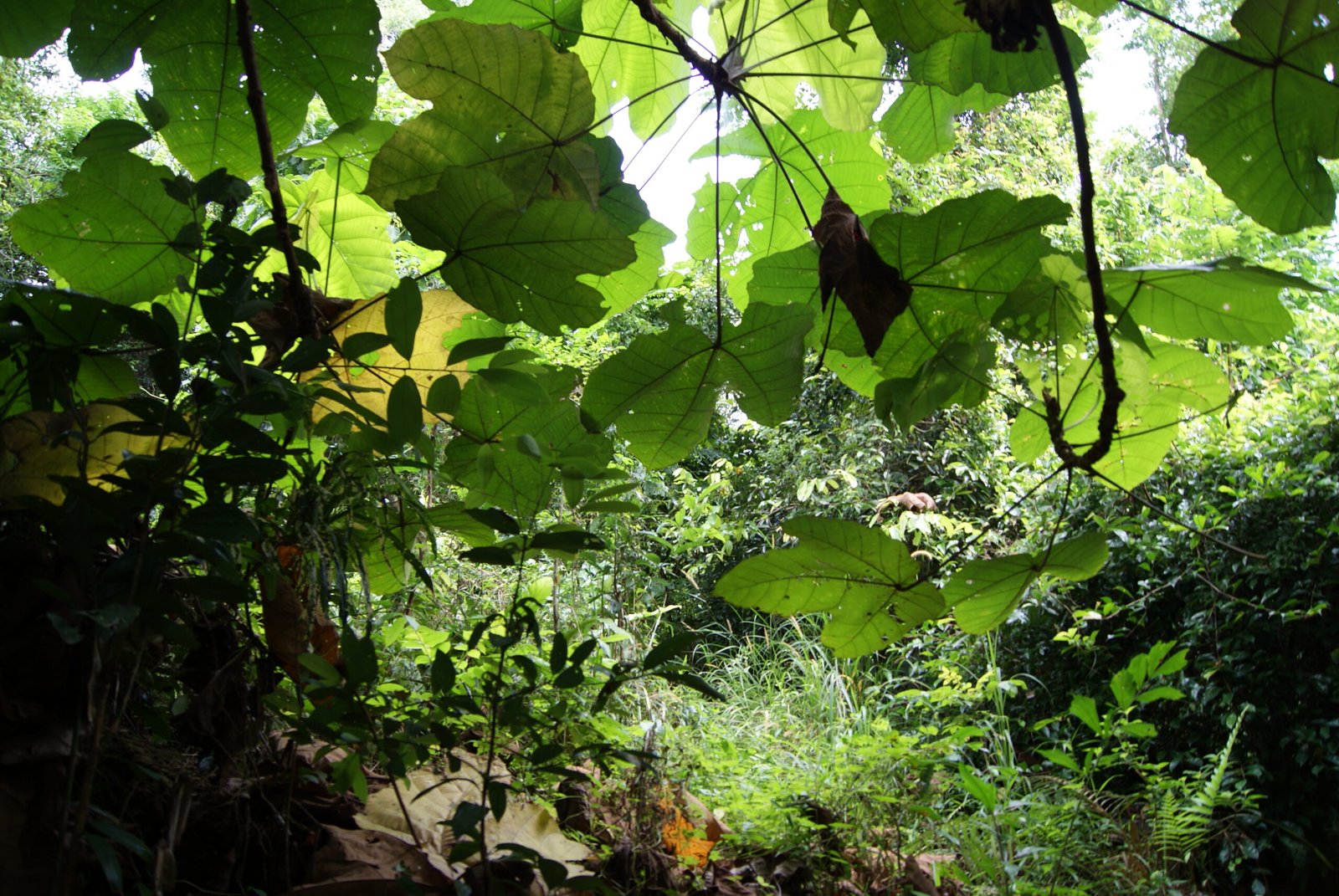
Singapore’s journey from mangroves to medicinal plants is more than a tale of loss and recovery—it’s a call to cherish and protect what remains. Every sapling planted, every wild corner preserved, is an act of hope for future generations. By embracing native flora in our gardens, schools, and public spaces, we can ensure that the island’s natural heritage endures. The next time you pass a flowering tembusu or glimpse a flash of green in the city, ask yourself: what stories are waiting to be heard, and what role will you play in nurturing this living legacy?




